Abstract
This study evaluated a classroom program to teach public transportation usage (bus-riding skills) to retarded persons. Based on a task analysis of specific skills, five retarded male students were taught each of the components of locating, signalling, boarding and riding, and exiting a bus. These skills were taught sequentially, using training procedures consisting of role playing, manipulating the actions of a doll on a simulated model, and responding to questions about slide sequences. Before, during, and after training, subjects were tested on generalization probes in the classroom and in the natural environment. Results of a multiple-baseline design across subjects indicated that up to 12 months after termination of training, each subject exhibited appropriate bus-riding skills on actual city buses. Two other subjects were trained on each skill component in vivo, on city buses, in order to compare the relative effectiveness and efficiency of classroom versus in vivo training. Both of these subjects acquired appropriate bus-riding skills; however, the in vivo training procedure was both more time consuming and expensive than classroom training. These findings further demonstrate the effectiveness and practicality of properly designed classroom training procedures for teaching community survival skills to retarded persons.
Keywords: bus riding, community survival skills, cost comparison, generalization, simulator training, task analysis, retardates
Full text
PDF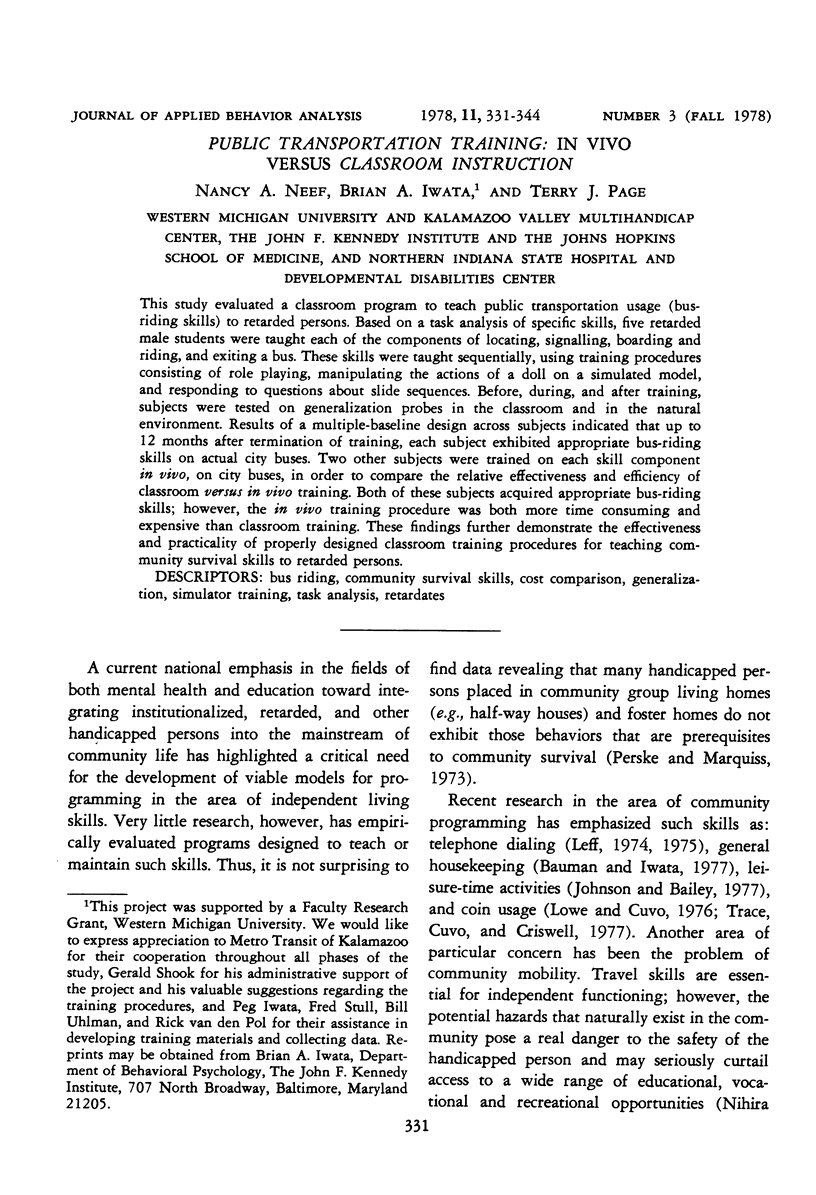
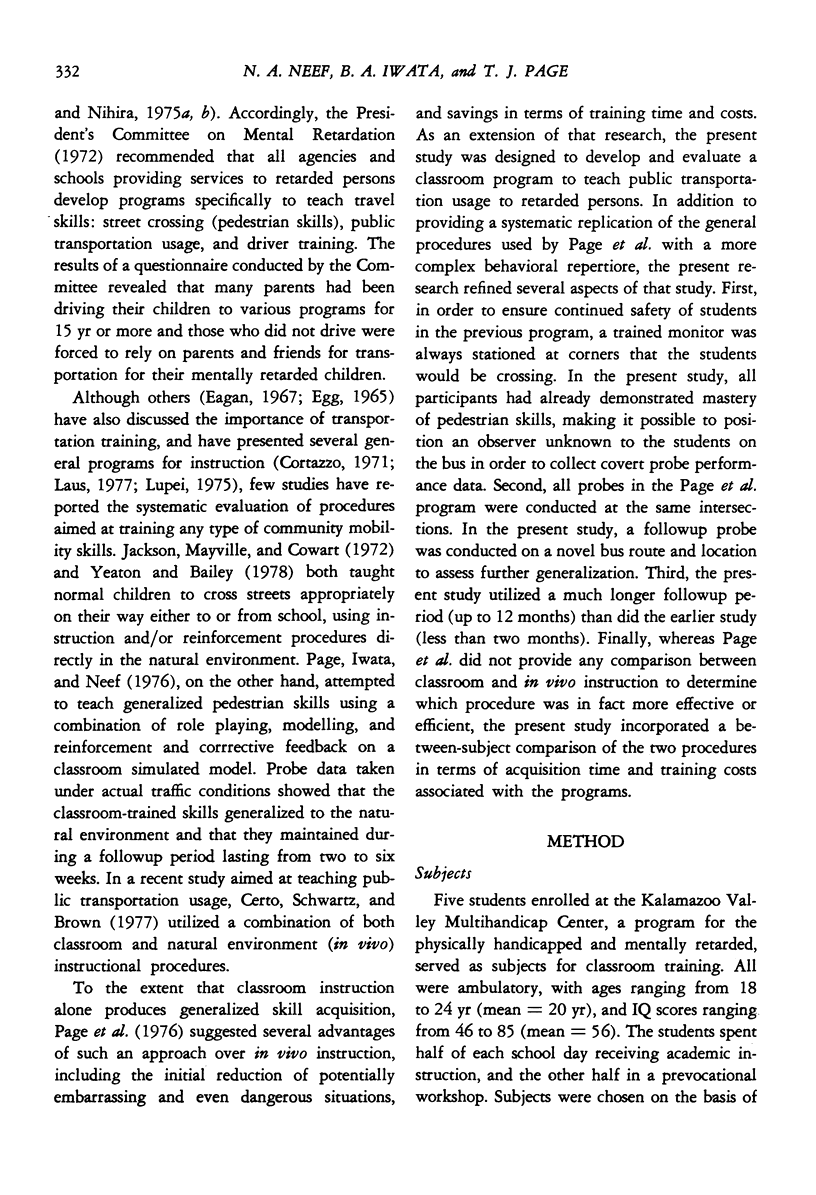
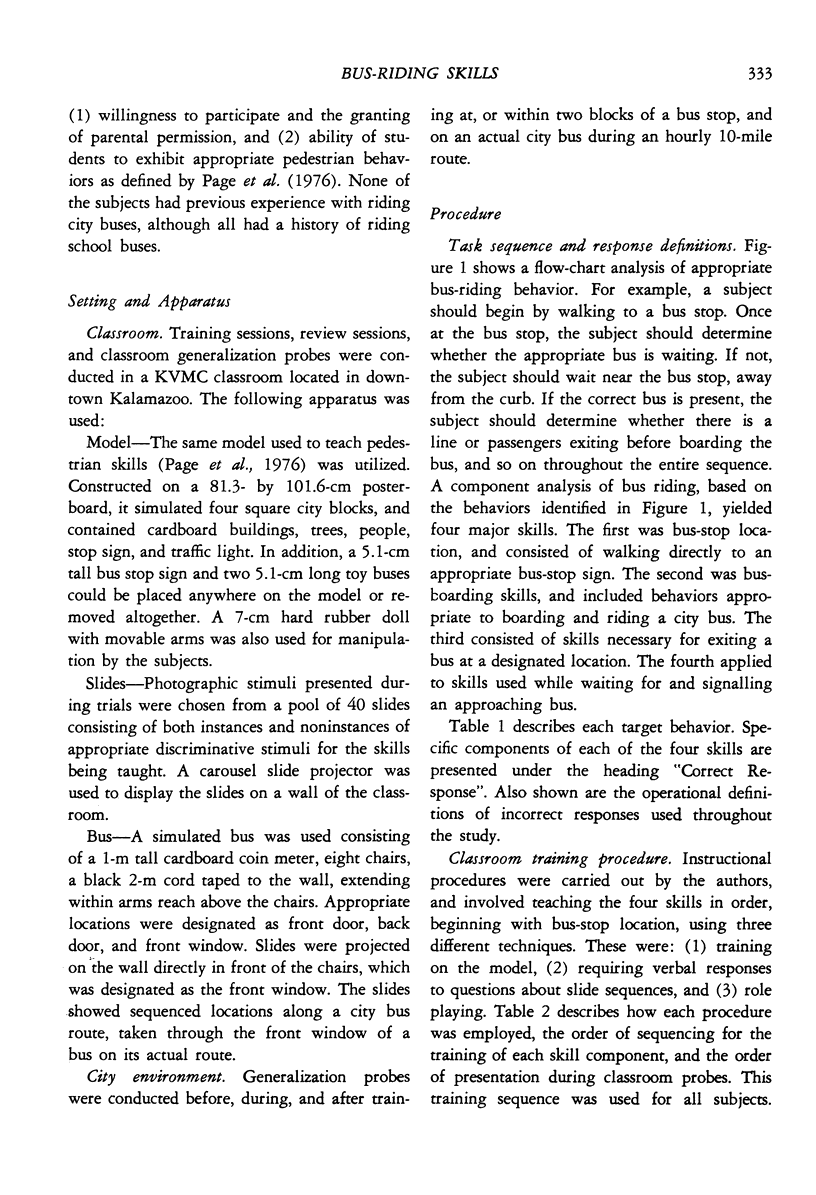
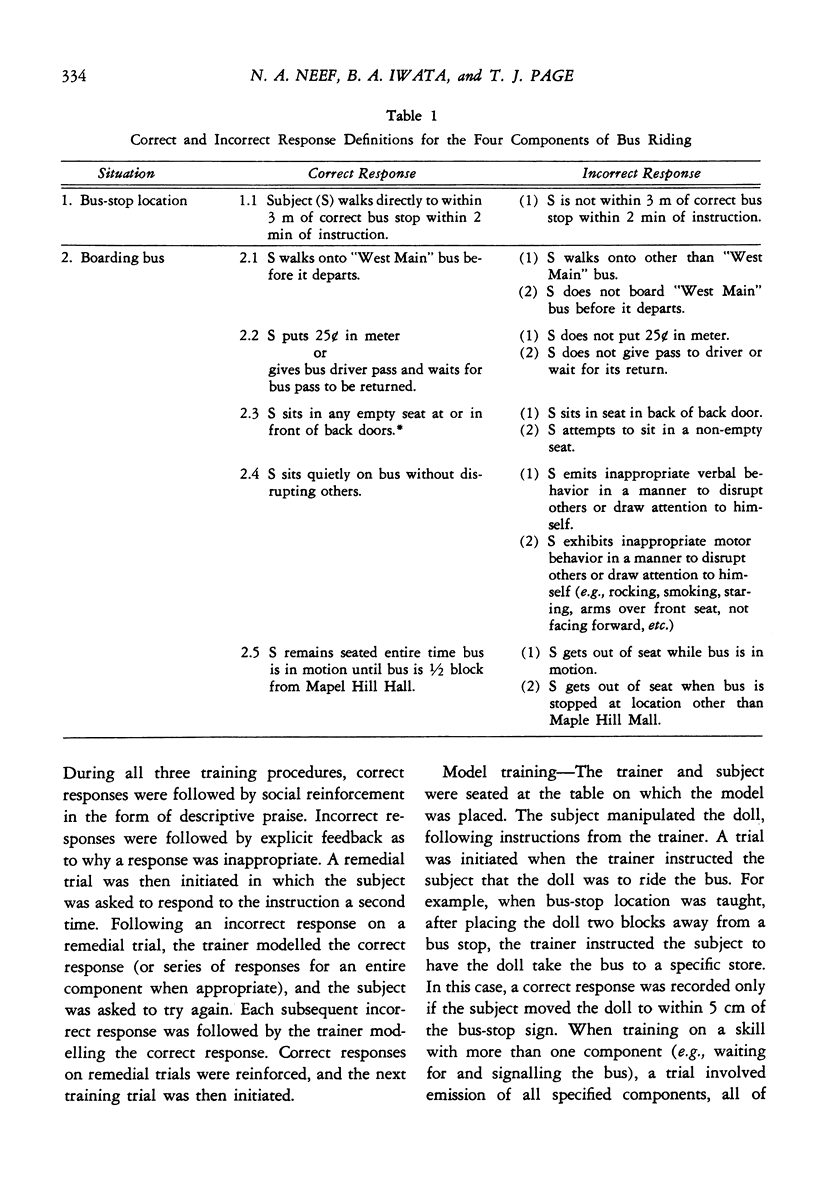
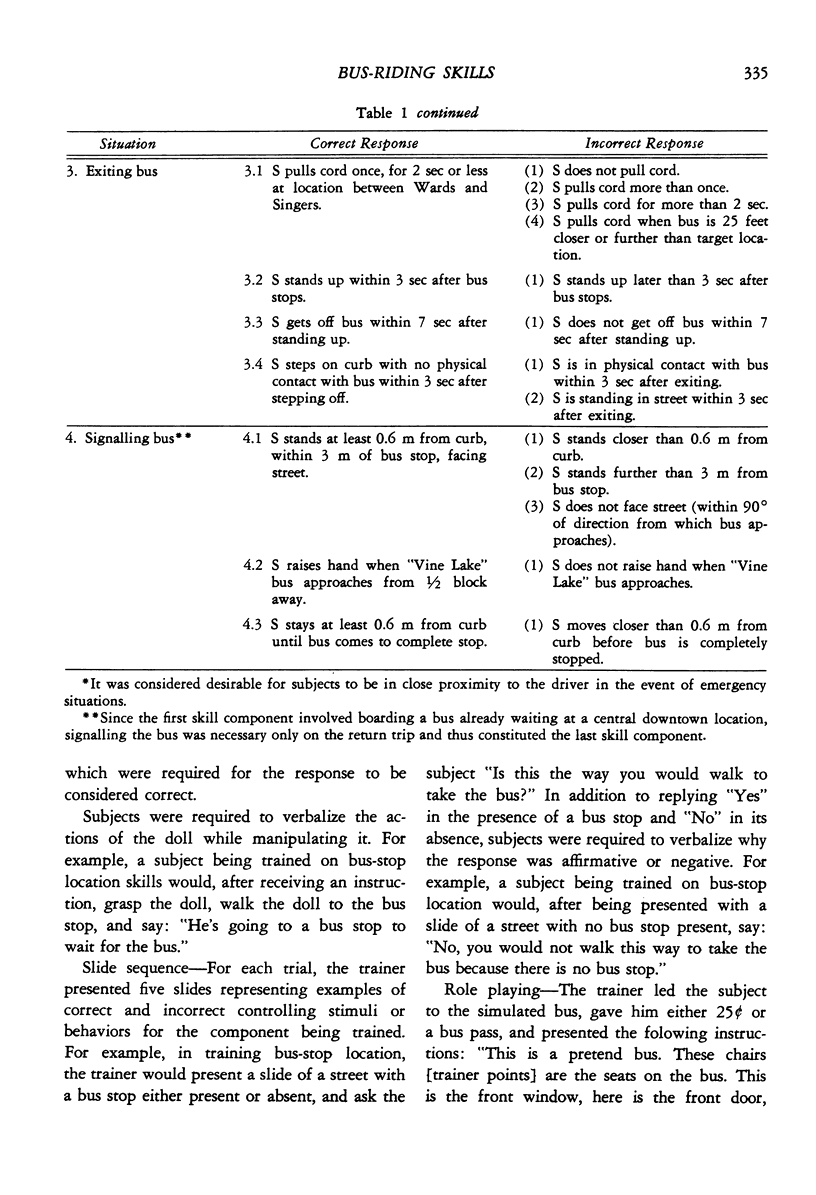
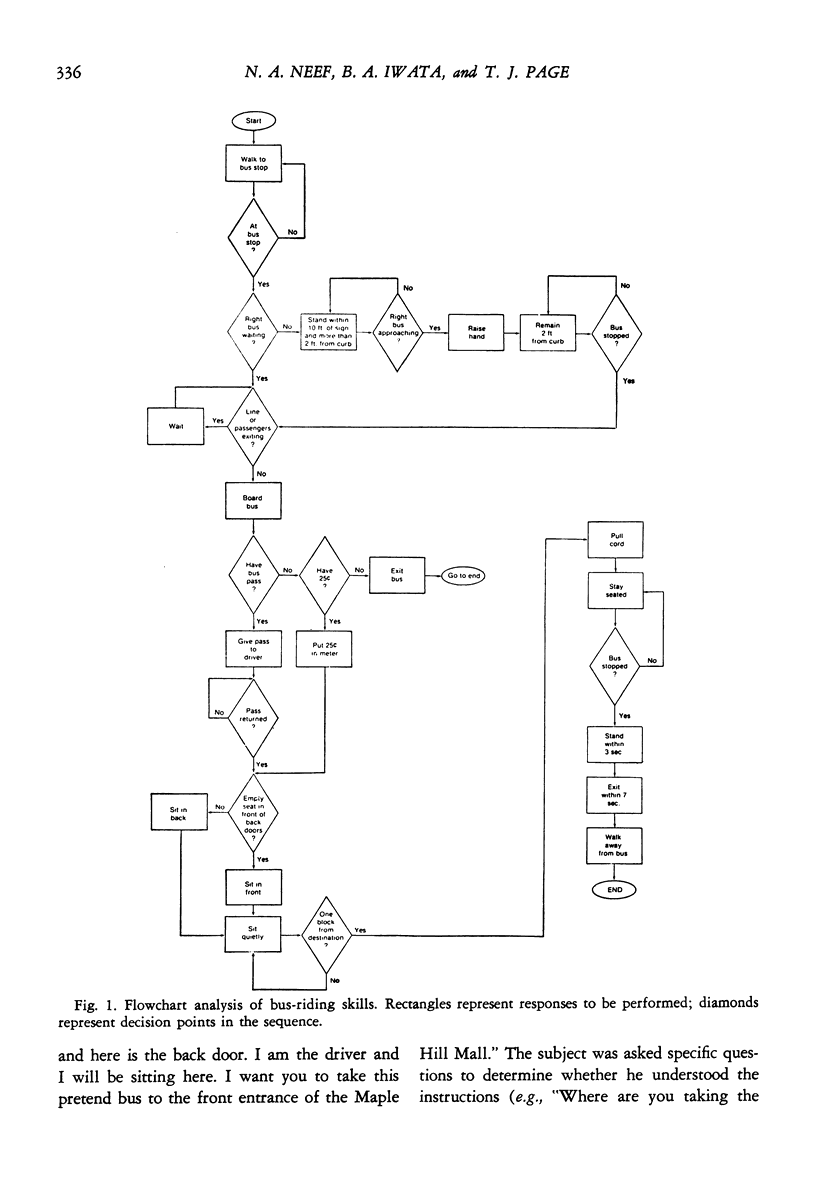
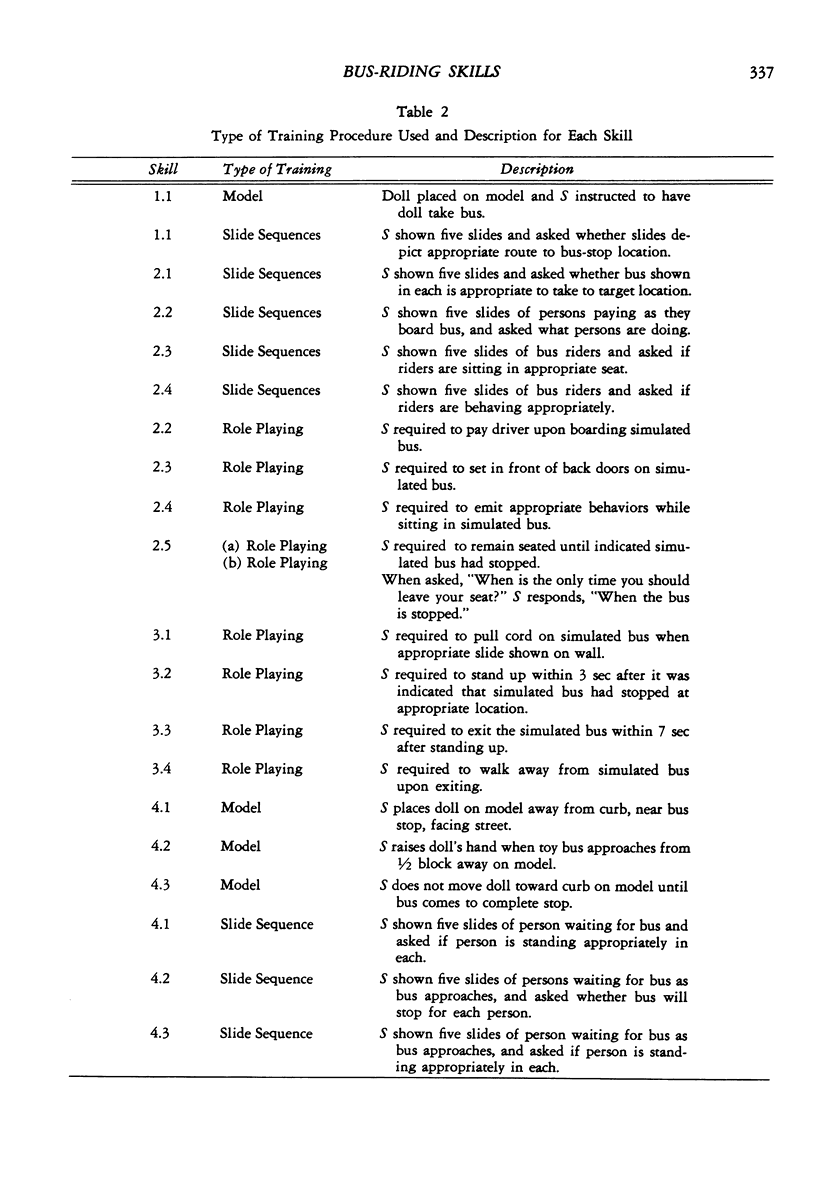
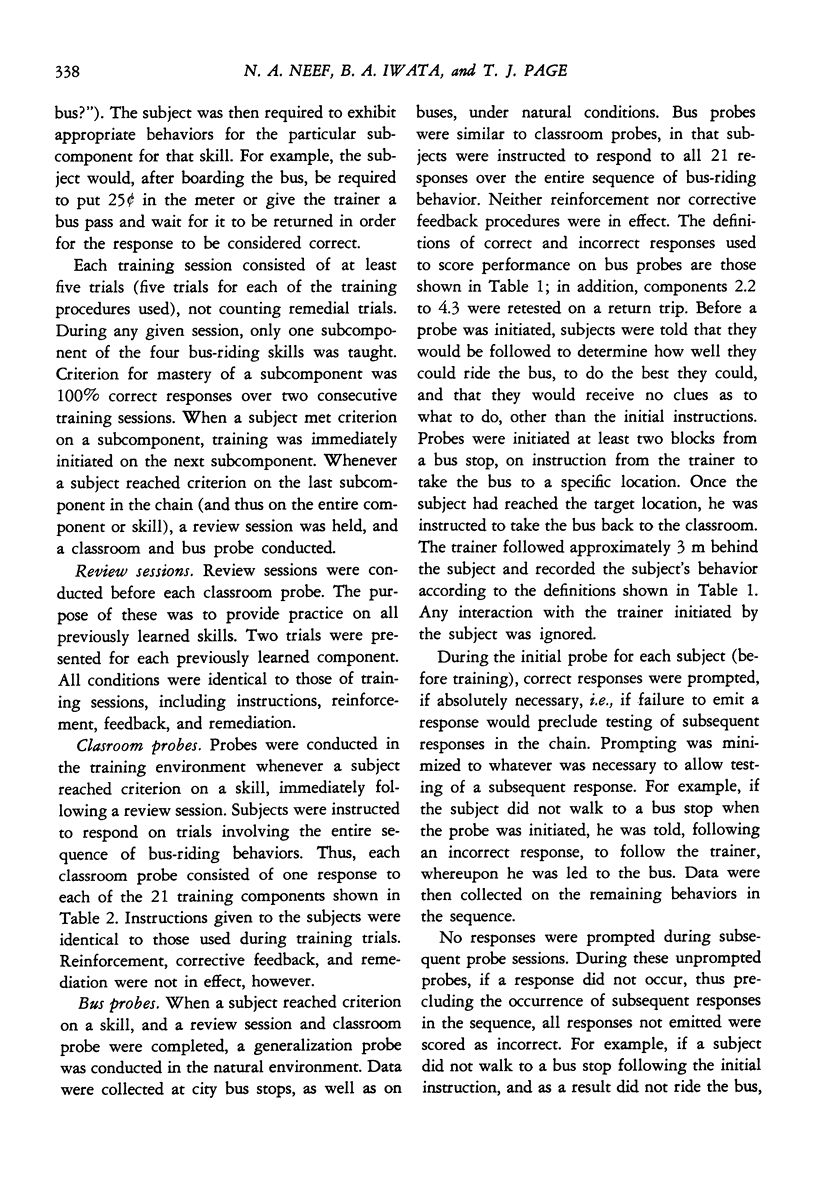
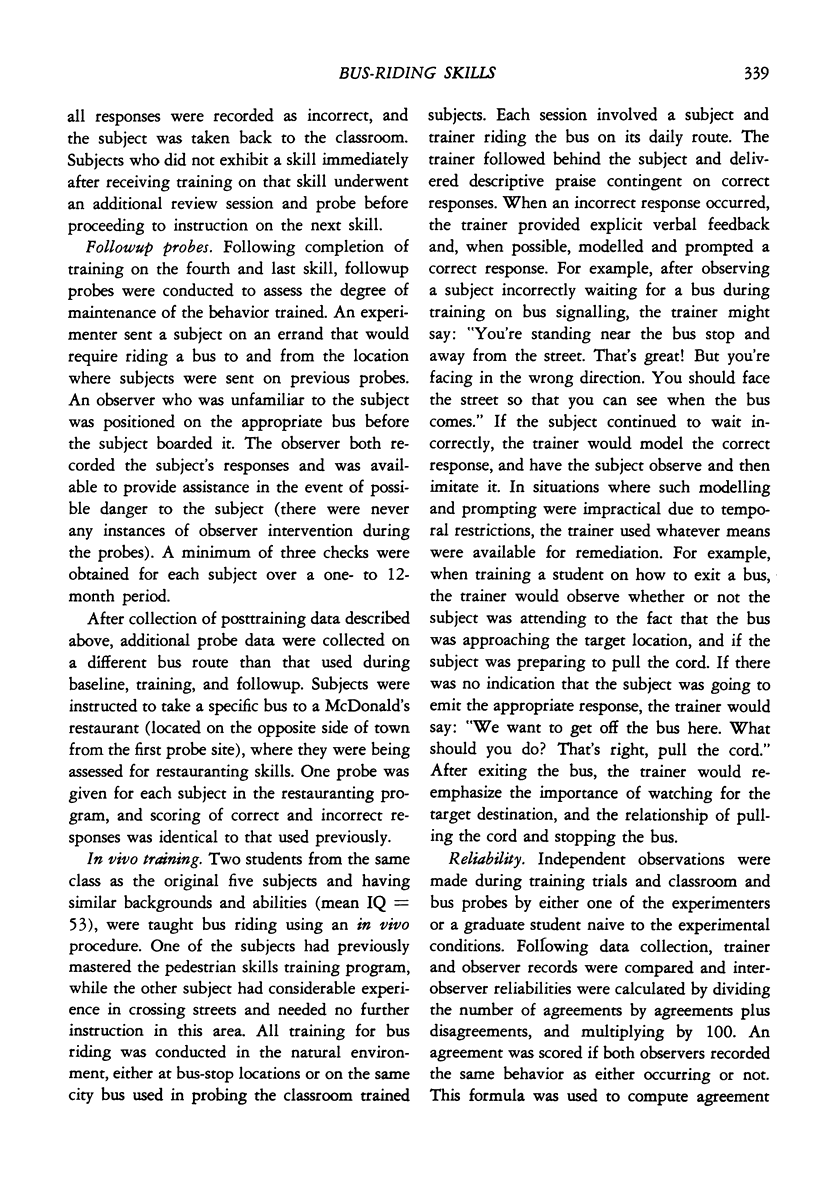
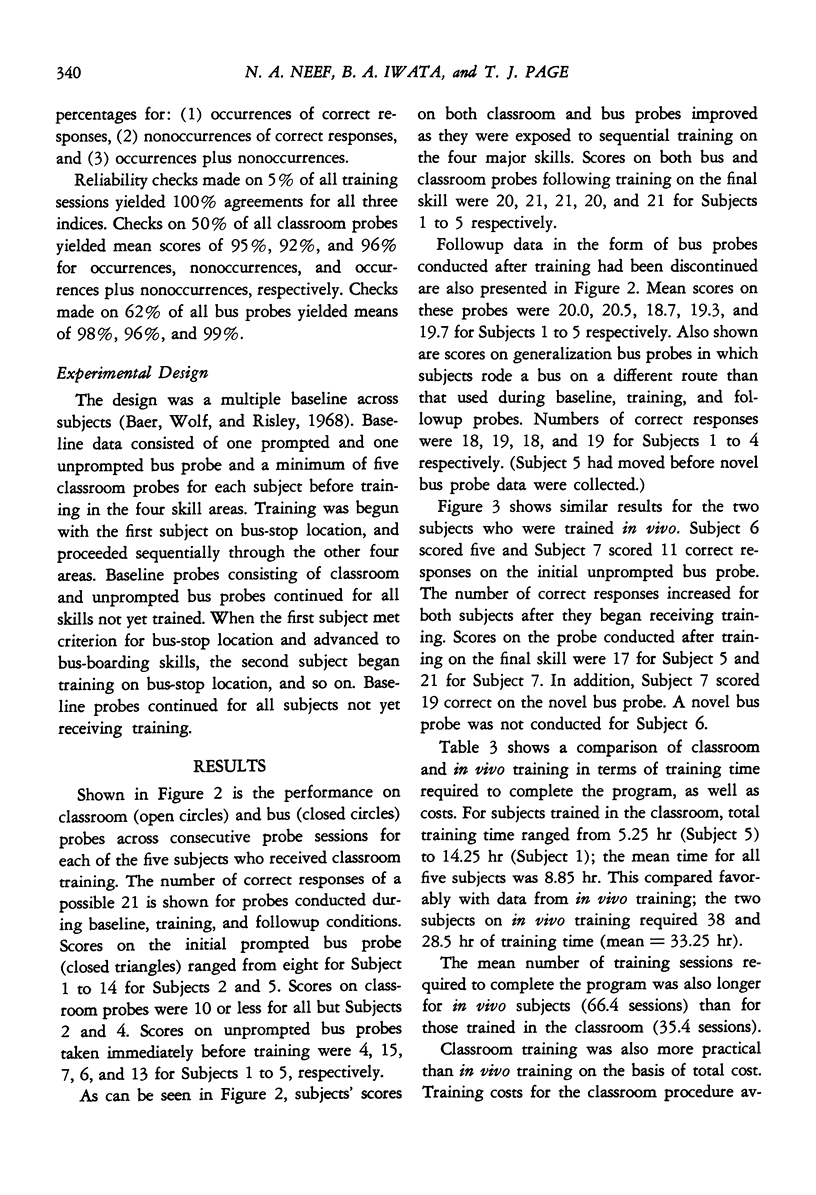
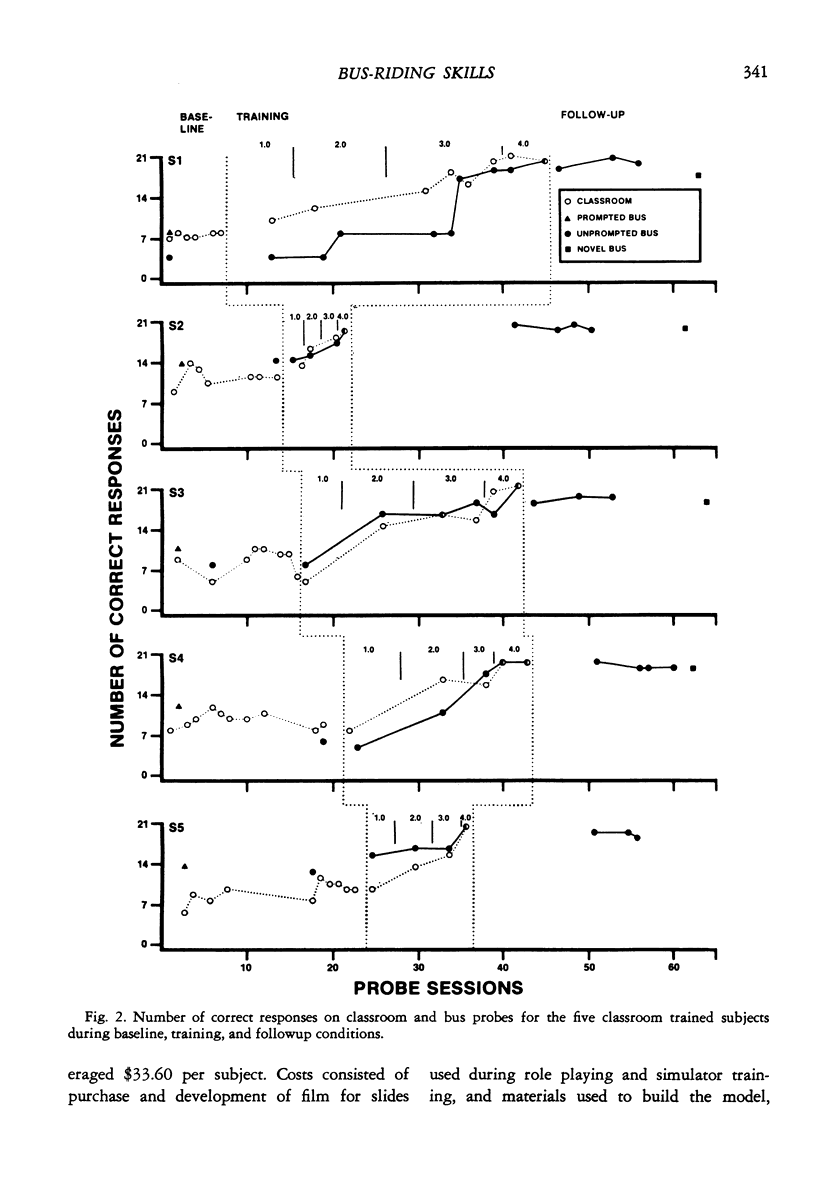
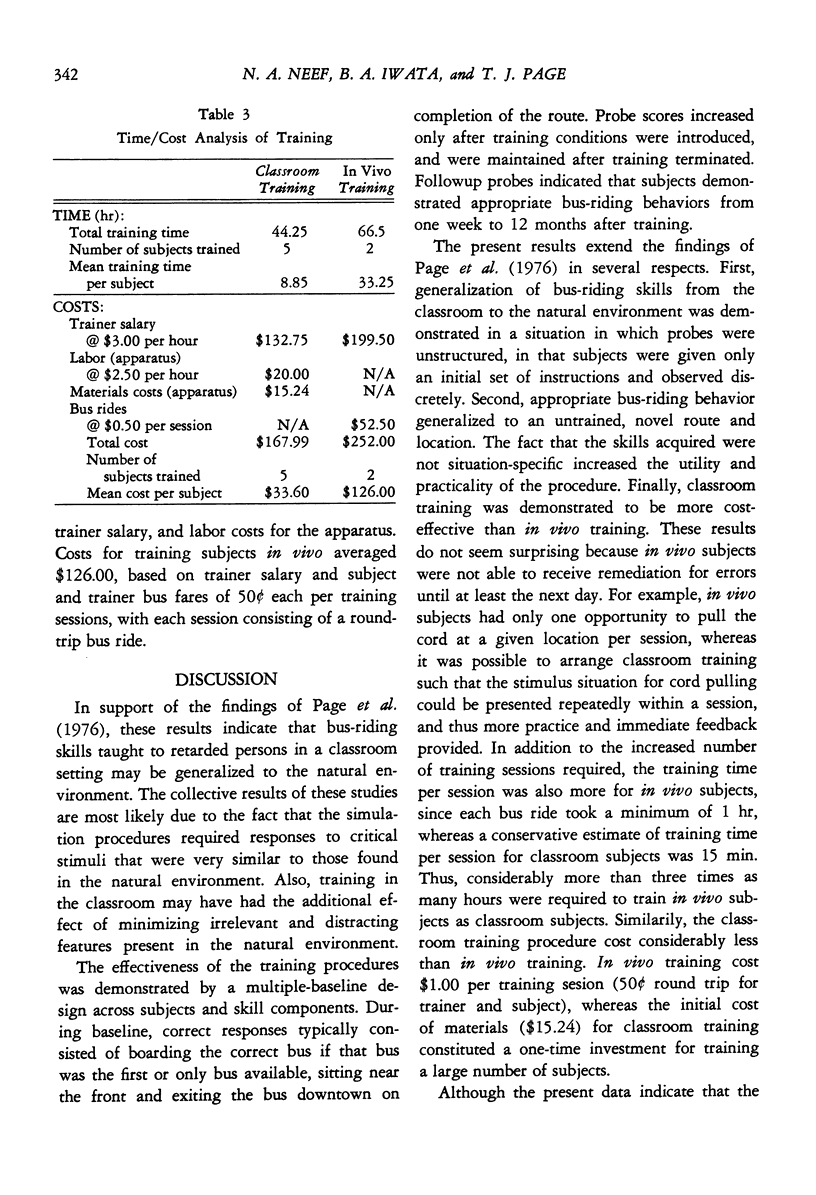
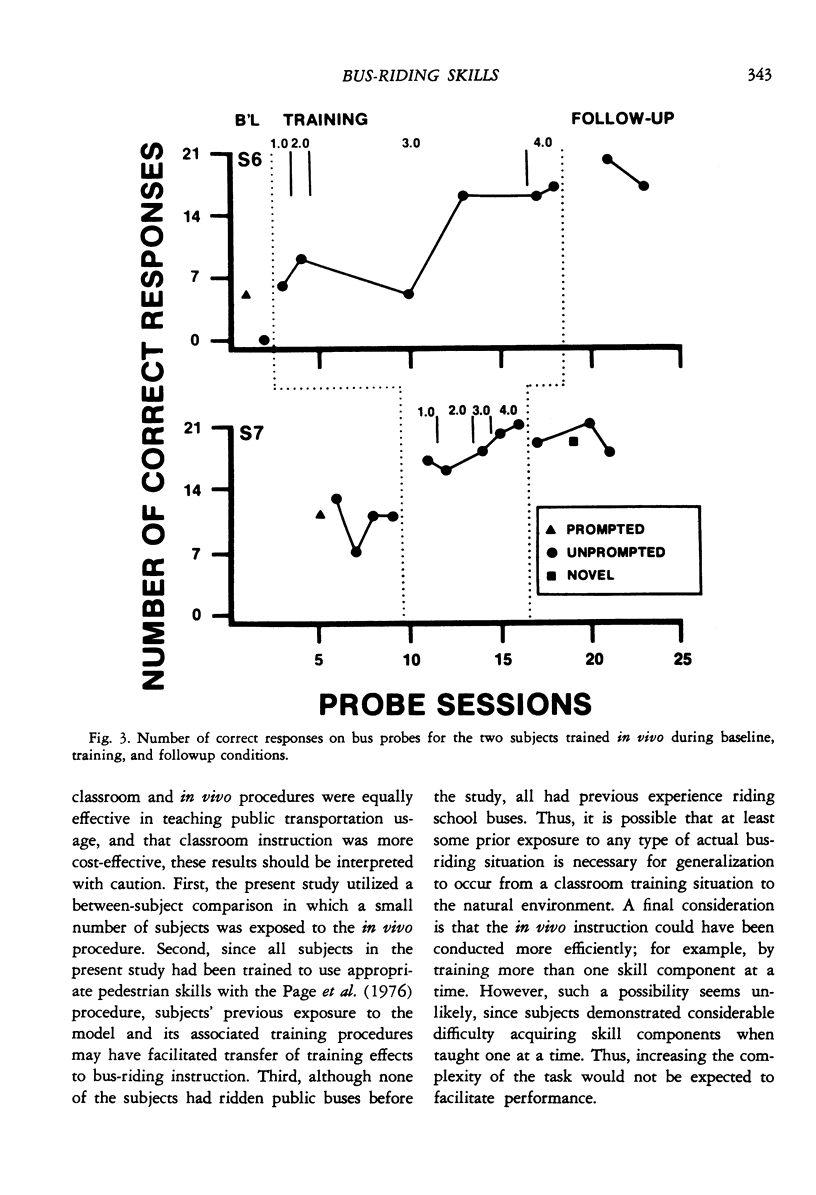
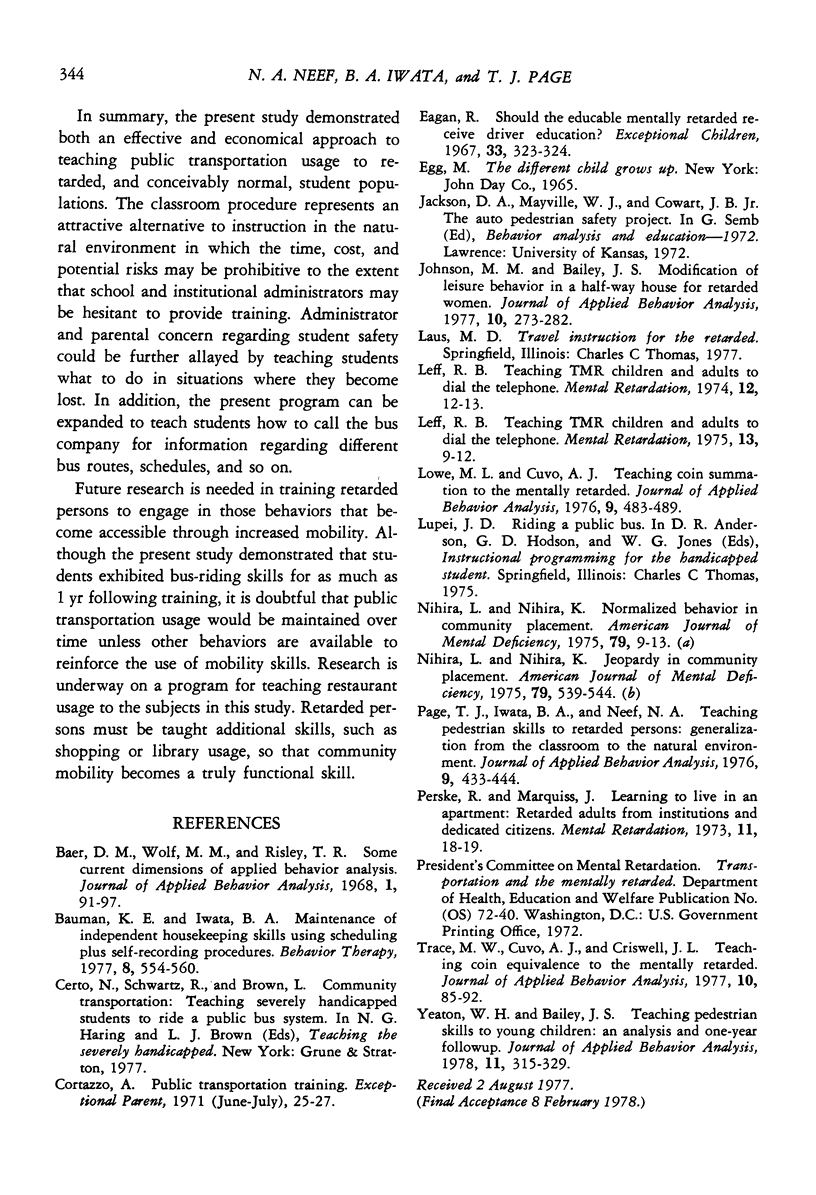
Selected References
These references are in PubMed. This may not be the complete list of references from this article.
- Baer D. M., Wolf M. M., Risley T. R. Some current dimensions of applied behavior analysis. J Appl Behav Anal. 1968 Spring;1(1):91–97. doi: 10.1901/jaba.1968.1-91. [DOI] [PMC free article] [PubMed] [Google Scholar]
- Egan R. Should the educable mentally retarded receive driver education? Except Child. 1967 Jan;33(5):323–323. [PubMed] [Google Scholar]
- Hislop M. W., Moore C., Stanish B. Remedial classroom programming: long-term transfer effects from a token economy system. Ment Retard. 1973 Apr;11(2):18–20. [PubMed] [Google Scholar]
- Johnson M. S., Bailey J. S. The modification of leisure behavior in a half-way house for retarded women. J Appl Behav Anal. 1977 Summer;10(2):273–282. doi: 10.1901/jaba.1977.10-273. [DOI] [PMC free article] [PubMed] [Google Scholar]
- Leff R. B. Teaching TMR children and adults to dial the telephone. Ment Retard. 1975 Jun;13(3):9–11. [PubMed] [Google Scholar]
- Lowe M. L., Cuvo A. J. Teaching coin summation to the mentally retarded. J Appl Behav Anal. 1976 WINTER;9(4):483–489. doi: 10.1901/jaba.1976.9-483. [DOI] [PMC free article] [PubMed] [Google Scholar]
- Nihira L., Nihira K. Jeopardy in community placement. Am J Ment Defic. 1975 Mar;79(5):538–544. [PubMed] [Google Scholar]
- Nihira L., Nihira K. Normalized behavior in community placement. Ment Retard. 1975 Apr;13(2):9–13. [PubMed] [Google Scholar]
- Page T. J., Iwata B. A., Neef N. A. Teaching pedestrian skills to retarded persons: generalization from the classroom to the natural environment. J Appl Behav Anal. 1976 WINTER;9(4):433–444. doi: 10.1901/jaba.1976.9-433. [DOI] [PMC free article] [PubMed] [Google Scholar]
- Trace M. W., Cuvo A. J., Criswell J. L. Teaching coin equivalence to the mentally retarded. J Appl Behav Anal. 1977 Spring;10(1):85–92. doi: 10.1901/jaba.1977.10-85. [DOI] [PMC free article] [PubMed] [Google Scholar]
- Yeaton W. H., Bailey J. S. Teaching pedestrian safety skills to young children: an analysis and one-year followup. J Appl Behav Anal. 1978 Fall;11(3):315–329. doi: 10.1901/jaba.1978.11-315. [DOI] [PMC free article] [PubMed] [Google Scholar]


